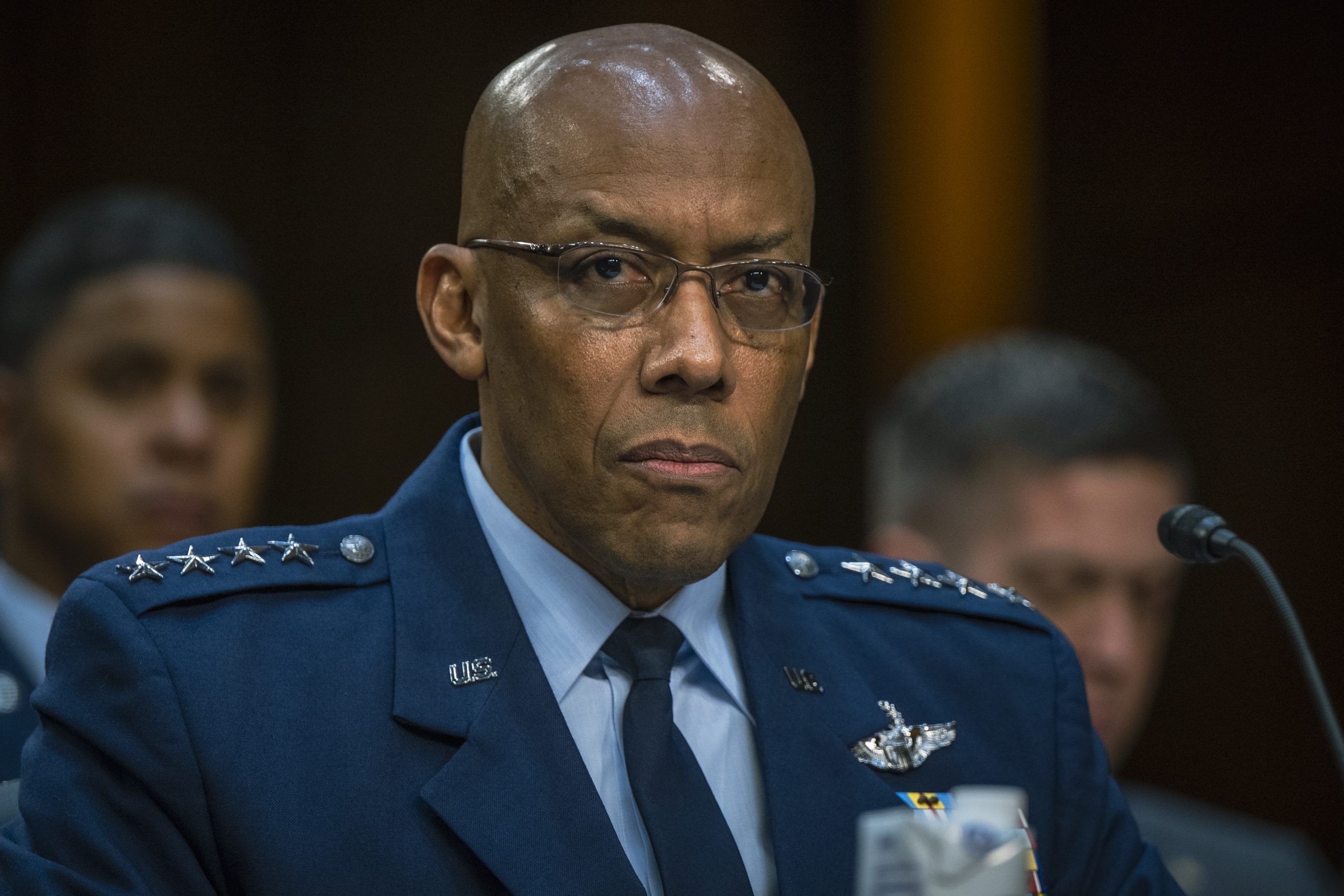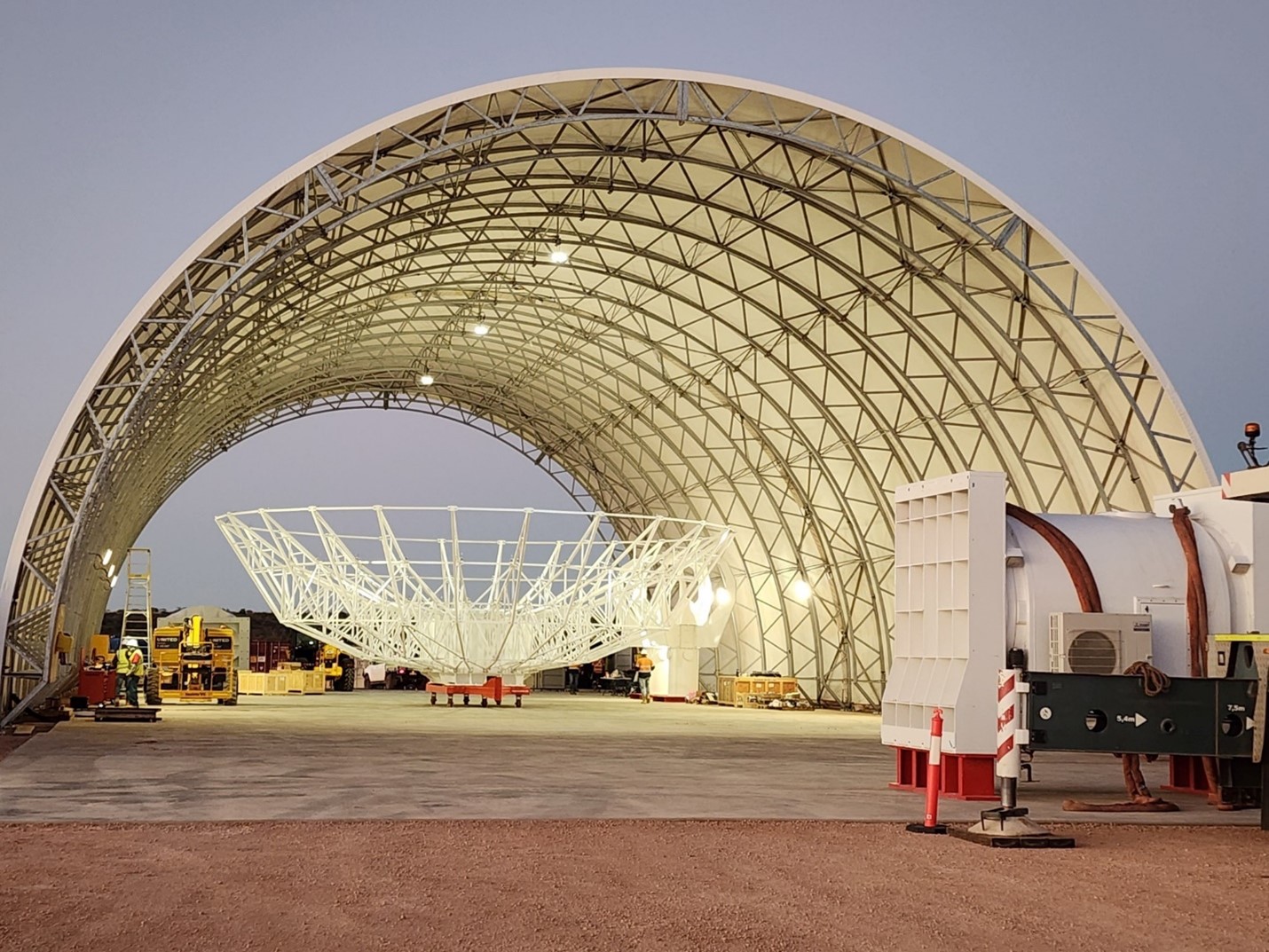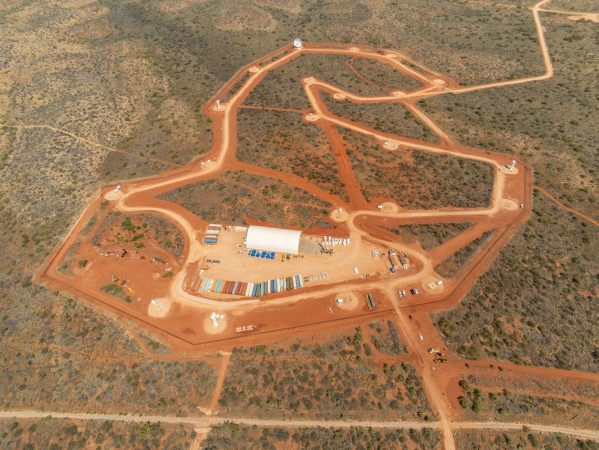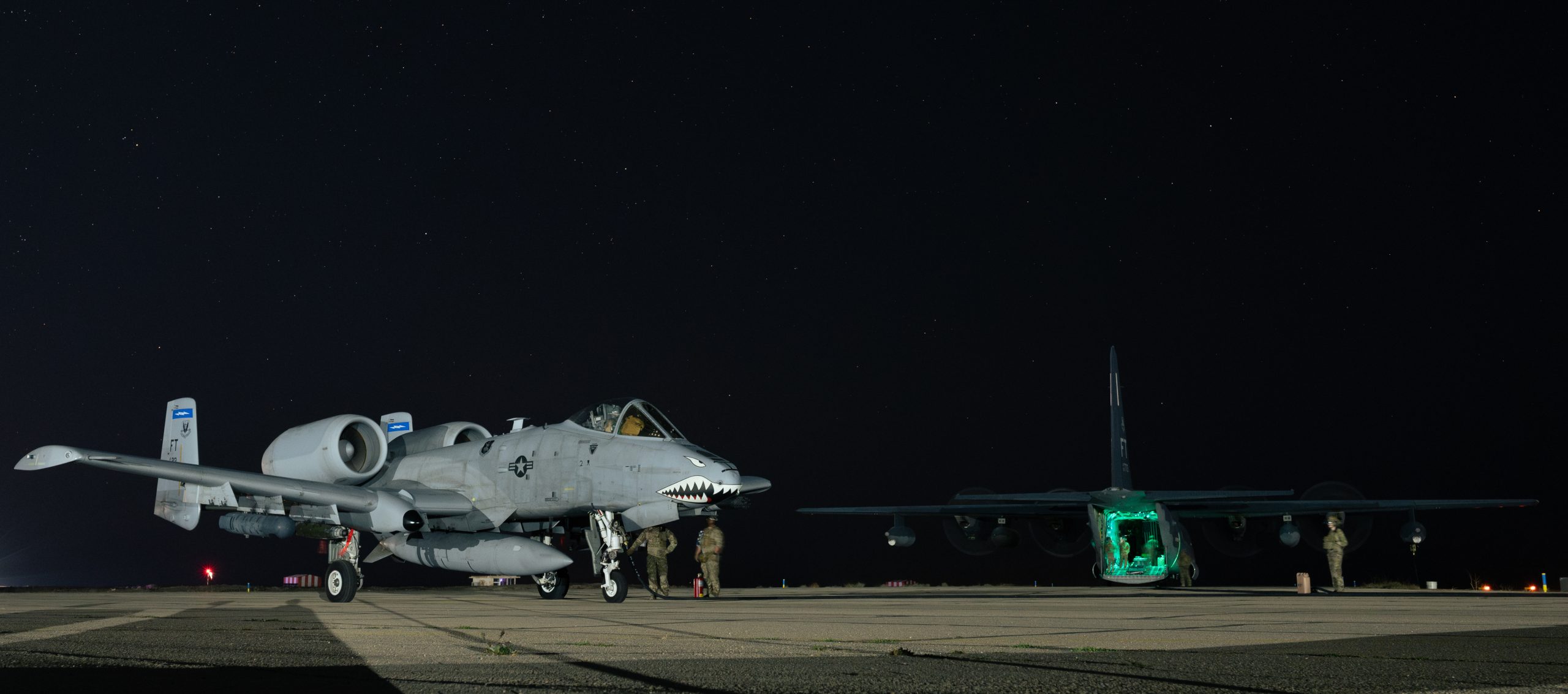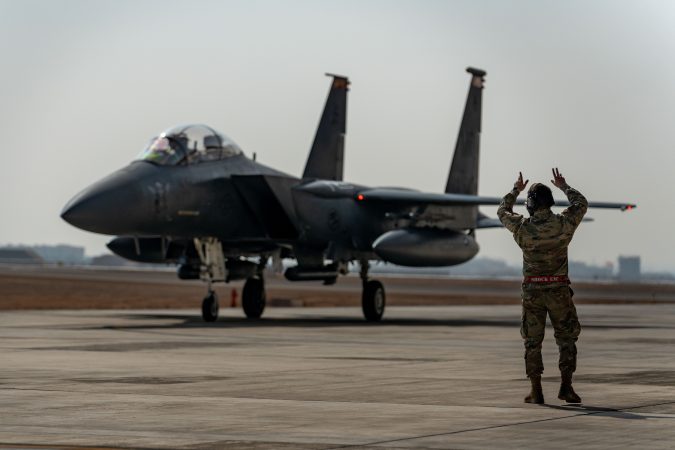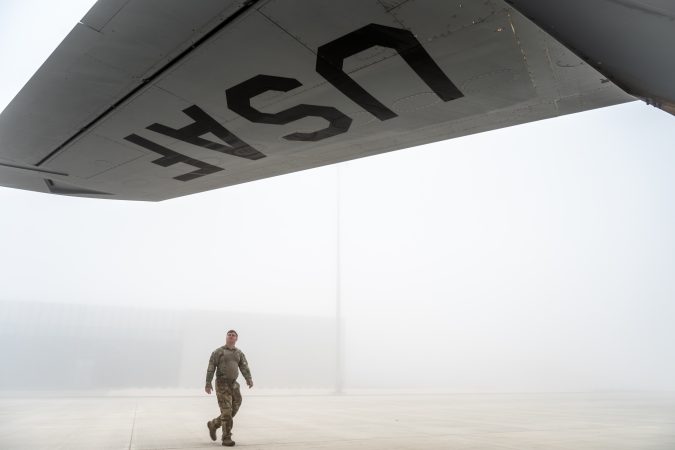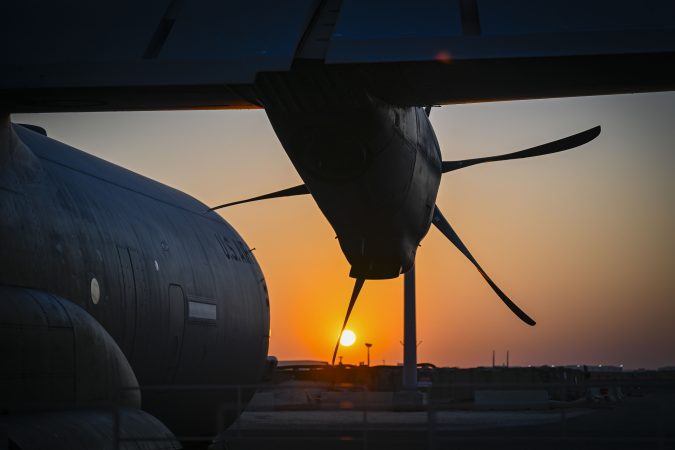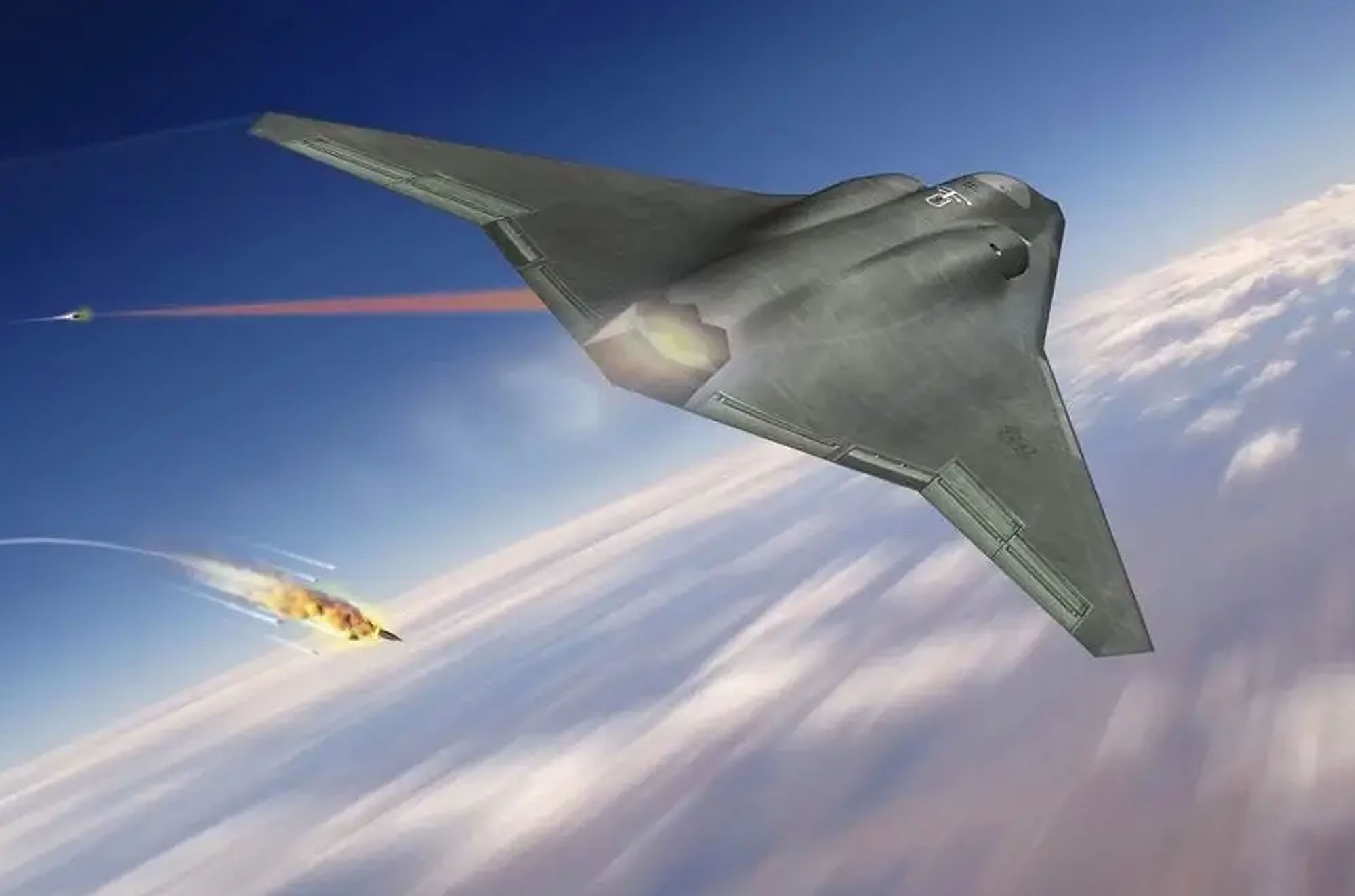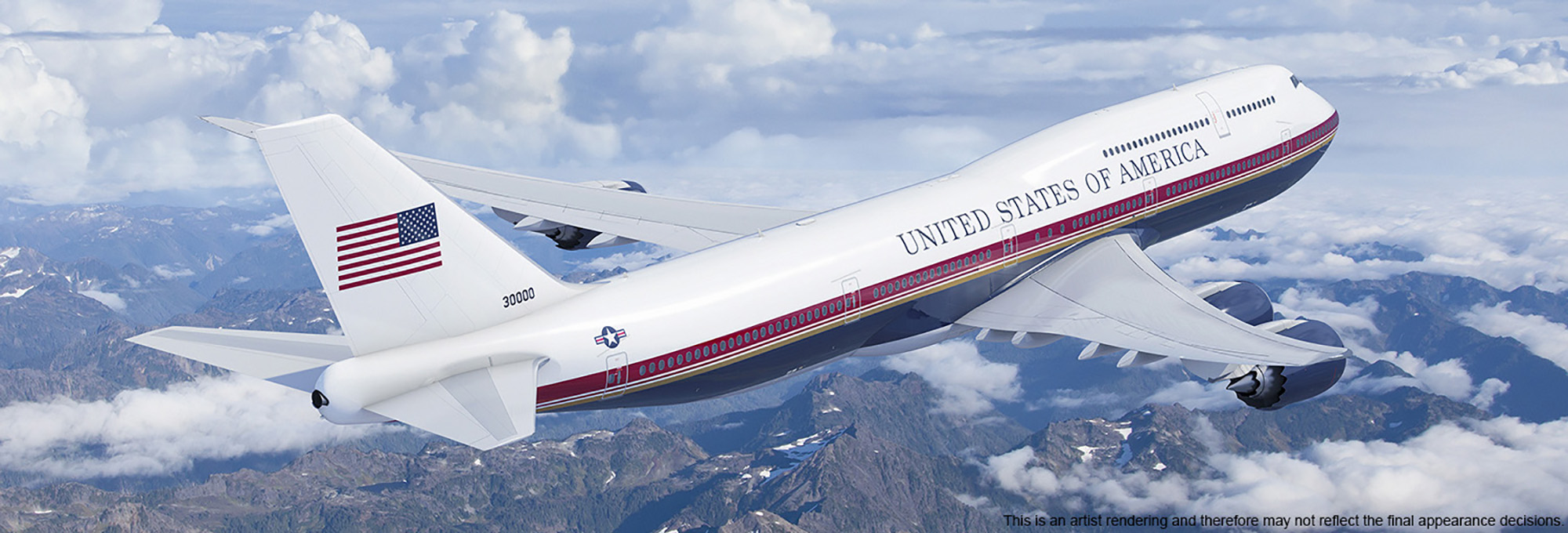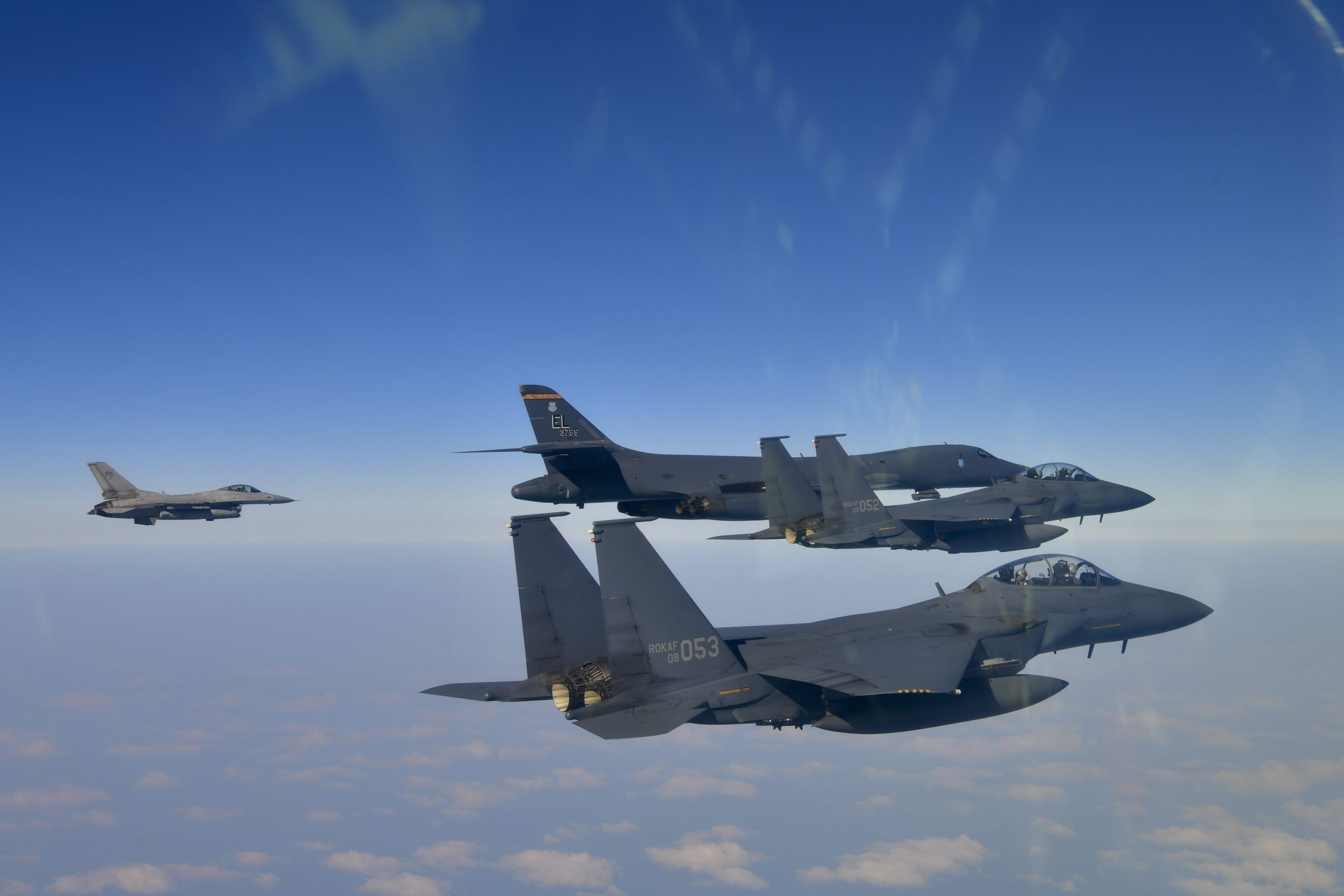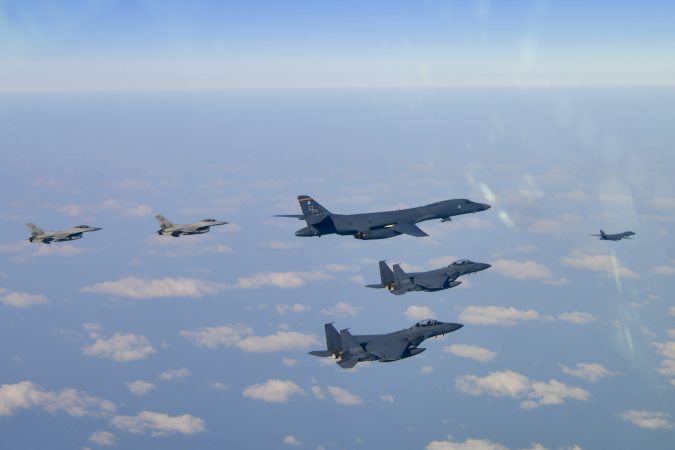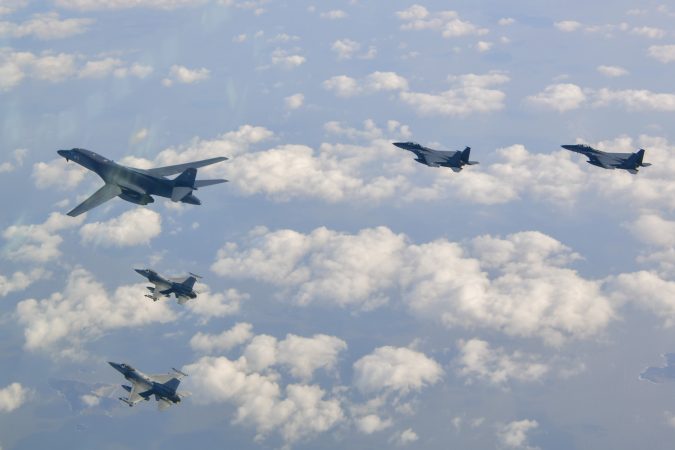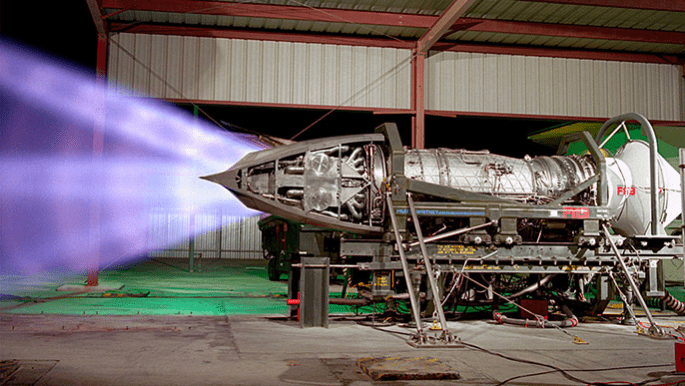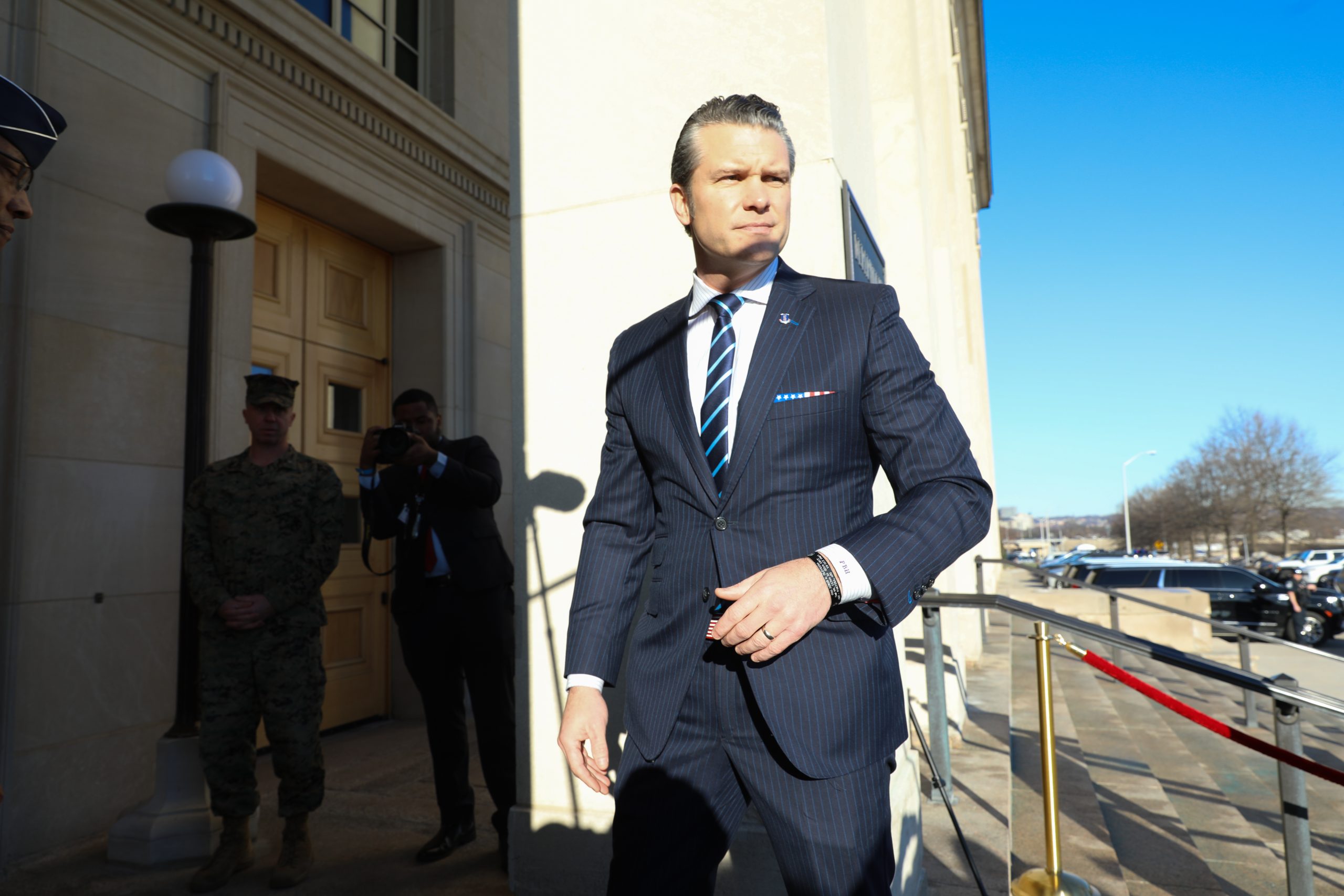President Donald Trump fired Air Force Gen. Charles Q. Brown Jr. as Chairman of the Joint Chiefs of Staff, announcing his intent to nominate retired Air Force Lt. Gen. John “Dan” Caine to replace him in a social media post Feb. 21.
Caine is a highly unusual choice. U.S. Code states the “President may appoint an officer as Chairman of the Joint Chiefs of Staff only if the officer has served as (A) the Vice Chairman of the Joint Chiefs of Staff; (B) the Chief of Staff of the Army, the Chief of Naval Operations, the Chief of Staff of the Air Force, the Commandant of the Marine Corps, or the Chief of Space Operations; or (C) the commander of a unified or specified combatant command.”
Caine never served in those roles.
However, the law also states the those requirements can be waived “if the President determines such action is necessary in the national interest.” Congress must confirm any nomination.
Caine retired in December after a tour as Associate Director for Military Affairs at the CIA. Trump has repeatedly praised him in public going back to his first term in office.
Separately, Secretary of Defense Pete Hegseth announced he had been directed to replace:
- Air Force Vice Chief of Staff James C. “Jim” Slife
- Chief of Naval Operations Adm. Lisa Franchetti
- The Judge Advocates General for the Army, Navy, and Air Force
Additional firings are believed likely, some sources said.
“General Caine is an accomplished pilot, national security expert, successful entrepreneur, and a ‘warfighter’ with significant interagency and special operations experience,” Trump wrote on his social media site Truth Social. Trump blamed former President Joe Biden for not promoting Caine to a four-star general. Caine was the deputy commanding general for special operations for Joint Task Force-Operation Inherent Resolve, the campaign against the Islamic State group, from 2018-2019 during Trump’s first term.
“During my first term, Razin was instrumental in the complete annihilation of the ISIS caliphate. It was done in record setting time, a matter of weeks,” Trump wrote, using Caine’s callsign.
A retired general can legally be recalled to Active service; Army Gen. Peter Schoomaker was recalled to become Army Chief of Staff in 2003, and Army Gen. Maxwell D. Taylor was recalled to Active Duty to become an advisor to President John F. Kennedy and later Chairman of the Joint Chiefs in 1962, three years after retiring after a tour as Army Chief of Staff. Caine was an Air National Guardsman and served part time from 2009-2016.
Brown was appointed to a nominal four-year term as Chairman that began in October 2023. The normal term would have ended in September 2027. The last Chairman to serve fewer than four years was Marine Gen. Peter Pace, who served just two years at a time when the Chairman was appointed to a two-year term, renewable up to four years. Pace had previously spent four years as Vice Chairman.
Trump wrote of Brown: “He is a fine gentleman and an outstanding leader, and I wish a great future for him and his family.”
Vice Chairman of Joint Chiefs of Staff Navy Adm. Christopher W. Grady is now acting as Chairman, officials said.
Brown was the 22nd Air Force Chief of Staff and the 21st Chairman; he was only the second Airman to serve as Chairman in this century, the last one being Gen. Richard Myers, and the second African American Chairman after Army Gen. Colin Powell. Brown was nominated to become CSAF by Trump. Brown took the oath of office in the Oval Office in August 2020, with Trump watching.
Rumors have been swirling around the Pentagon for weeks but gained traction recently when specific names reportedly circulated among Republicans on Capitol Hill.
Prior to the firing, Brown had been visiting troops deployed to the U.S.-Mexico border Feb. 21. Announcing his trip on social media, he had written that he was looking forward to “observing [personnel] in action as they execute the mission of securing the border.”
Hegseth has publicly criticized Brown and Franchetti in the past.
“First of all, you’ve got to fire the Chairman of the Joint Chiefs,” Hegseth said in November on the Shawn Ryan Show podcast, shortly before Trump picked him to lead the Pentagon. “But any general that was involved—general, admiral, whatever—that was involved in any of the DEI woke s— has got to go. Either you’re in for warfighting, and that’s it. That’s the only litmus test we care about.”
Hegseth also severely criticized Brown in his 2024 book, “The War on Warriors,” in which he alleged Brown “built his generalship dutifully pursuing the radical positions of left-wing politicians, who in turn rewarded him with promotions.” Hegseth wrote further, without elaboration, that Brown “has made the race card one of his biggest calling cards.”
Hegseth also vilified Franchetti, who he charged was chosen to be Chief of Naval Operations in 2023 largely because she is a woman.
Trump’s actions are unprecedented in their breadth, spanning the Chairman down to top military lawyers. It remains unclear whether Congress’ traditionally bipartisan armed services committees will raise objections. The Senate must confirm all nominations to general and flag officer positions.
“I am troubled by the nature of these dismissals. This appears to be part of a broader, premeditated campaign by President Trump and Secretary Hegseth to purge talented officers for politically charged reasons, which would undermine the professionalism of our military and send a chilling message through the ranks,” Sen. Jack Reed (D-R.I.), the ranking member of the Senate Armed Services Committee said in a statement which praised the “brilliant careers” and “great courage, honor, and distinction” of the fired officers. “A professional, apolitical military that is subordinate to the civilian government and supportive of the Constitution rather than a political party is essential to the survival of our democracy.”
SASC Chairman Sen. Roger Wicker (R-Miss.) thanked Brown for his service and said he was “confident Secretary Hegseth and President Trump will select a qualified and capable successor.”
Trump had already fired one uniformed leader, Coast Guard Adm. Linda L. Fagan, within hours after taking office Jan. 20. The Coast Guard is a military service, but falls under the Department of Homeland Security.
In his statement, Hegseth wrote: “Under President Trump, we are putting in place new leadership that will focus our military on its core mission of deterring, fighting and winning wars.”
